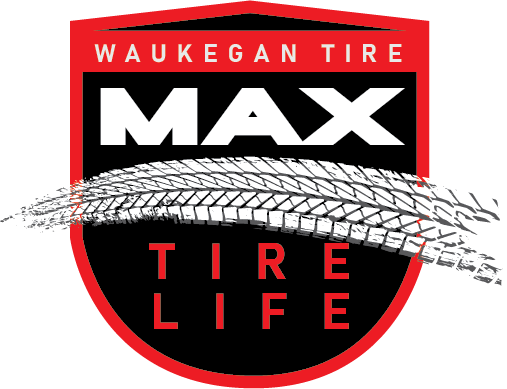As a car owner, it is essential to understand the various components that make up your vehicle and how they contribute to its overall performance. One such crucial component is the differential. The differential plays a vital role in allowing your vehicle's wheels to rotate at different speeds while maintaining control and stability. In this comprehensive guide, we will explore everything you need to know about differential repair for vehicles, from understanding its importance to diagnosing and repairing common issues.
Before delving into the intricacies of differential repair, it is crucial to comprehend the significance of this component in your vehicle. The differential is a gearbox that transfers power from the engine to the wheels while allowing them to rotate at different speeds. It is particularly important for vehicles with rear-wheel drive or all-wheel drive systems.
The differential ensures that the wheels can rotate at different speeds when turning corners, preventing tire wear and providing stability. Without a properly functioning differential, your vehicle's handling and overall performance would be compromised. Therefore, regular maintenance and timely repairs are essential to ensure a smooth and safe driving experience.
Identifying potential differential problems early on can save you from costly repairs and prevent further damage to your vehicle. Here are some common signs that indicate issues with your differential:
If you encounter any of these symptoms, it is crucial to have your vehicle inspected by a qualified mechanic to diagnose and address the issue promptly.
Diagnosing differential problems requires a systematic approach to pinpoint the root cause accurately. Here is a step-by-step process that mechanics follow to diagnose differential issues:
Once the diagnosis is complete, the mechanic can provide you with an accurate assessment of the necessary repairs and the associated costs.
When it comes to differential repair, it is crucial to rely on the expertise of a professional mechanic. Here are the general steps involved in repairing a differential:
It is worth noting that the complexity of the repair process may vary depending on the specific make and model of your vehicle, as well as the extent of the damage.
In some cases, a severely damaged differential may require complete replacement rather than repair. The decision between repair and replacement depends on several factors, including the extent of the damage, availability of replacement parts, and cost considerations.
Minor issues, such as worn-out bearings or seals, can often be repaired without the need for full replacement. However, if the differential gears or housing is severely damaged, replacement may be the more practical and cost-effective option.
It is essential to consult with a trusted mechanic who specializes in differential repair to assess the extent of the damage and provide expert advice on the best course of action.
Regular maintenance is key to extending the lifespan of your vehicle's differential and avoiding costly repairs. Here are some preventative maintenance tips to keep your differential in optimal condition:
By following these preventative maintenance tips, you can significantly reduce the risk of differential problems and ensure a smooth driving experience.
For vehicles equipped with a diesel engine, proper maintenance is essential not only for the engine's longevity but also for the health of the differential. The differential relies on the engine's power to function correctly, and any issues with the engine can have a direct impact on the differential's performance.
Regular diesel engine maintenance, such as routine oil and filter changes, can help prevent engine problems that could affect the differential. Additionally, maintaining the correct engine coolant levels and ensuring the proper functioning of the cooling system can prevent overheating, which can also impact the differential.
It is crucial to follow the manufacturer's recommended maintenance schedule for your diesel engine and address any engine-related issues promptly to preserve the health of your vehicle's differential.
While proper diesel engine maintenance can go a long way in preventing problems, certain issues may still arise. Here are some common diesel engine problems and their potential impact on the differential:
Addressing these diesel engine problems promptly, in conjunction with regular maintenance, can help prevent significant damage to the differential and ensure its longevity.
Maintaining a healthy differential is essential for ensuring smooth drives and optimal vehicle performance. By understanding the importance of the differential, recognizing common signs of problems, and following proper maintenance practices, you can prolong the lifespan of this critical component. In the event that your differential requires repair, consult with a trusted mechanic to determine the most suitable course of action. Remember, proactive care and timely repairs will not only save you from costly repairs but also contribute to safer and more enjoyable journeys on the road.
WAUKEGAN TIRE HELPS YOU EXTEND THE LIFE OF YOUR NEW TIRES WITH FREE SERVICES ENSURING YOU GET THE MAX TIRE LIFE










































